When you’re planting vegetables, plant spacing is one of those things where there seems to be no definitive answer.
Why? Because different growing methods call for different spacing requirements: you’ve got square-foot gardening, tomatoes growing on Florida weave trellises, tomatoes growing inside square cages, plants in the ground vs. plants in raised beds. Pruned or not pruned? Staked or left to sprawl on the ground?
All of this makes it hard to know exactly how much room your plants need for healthy growth (and how densely you can plant before affecting how much they produce).
It doesn’t make things any easier when most seed packets give plant spacing guidelines that are specific to in-ground gardens with long rows of crops. (You’ve seen those kinds of instructions: Sow seeds 3 inches apart in rows 18 inches apart. Or, sow three seeds together, at 12 inches apart, with 24 inches between rows. I mean, whaaaaaat.)
For those of us who grow in raised beds, plant spacing looks a little differently than what the seed packets tell you. And fortunately for us, raised beds are well adapted to intensive planting, which maximizes the space you have because you’re not wasting it on foot paths.
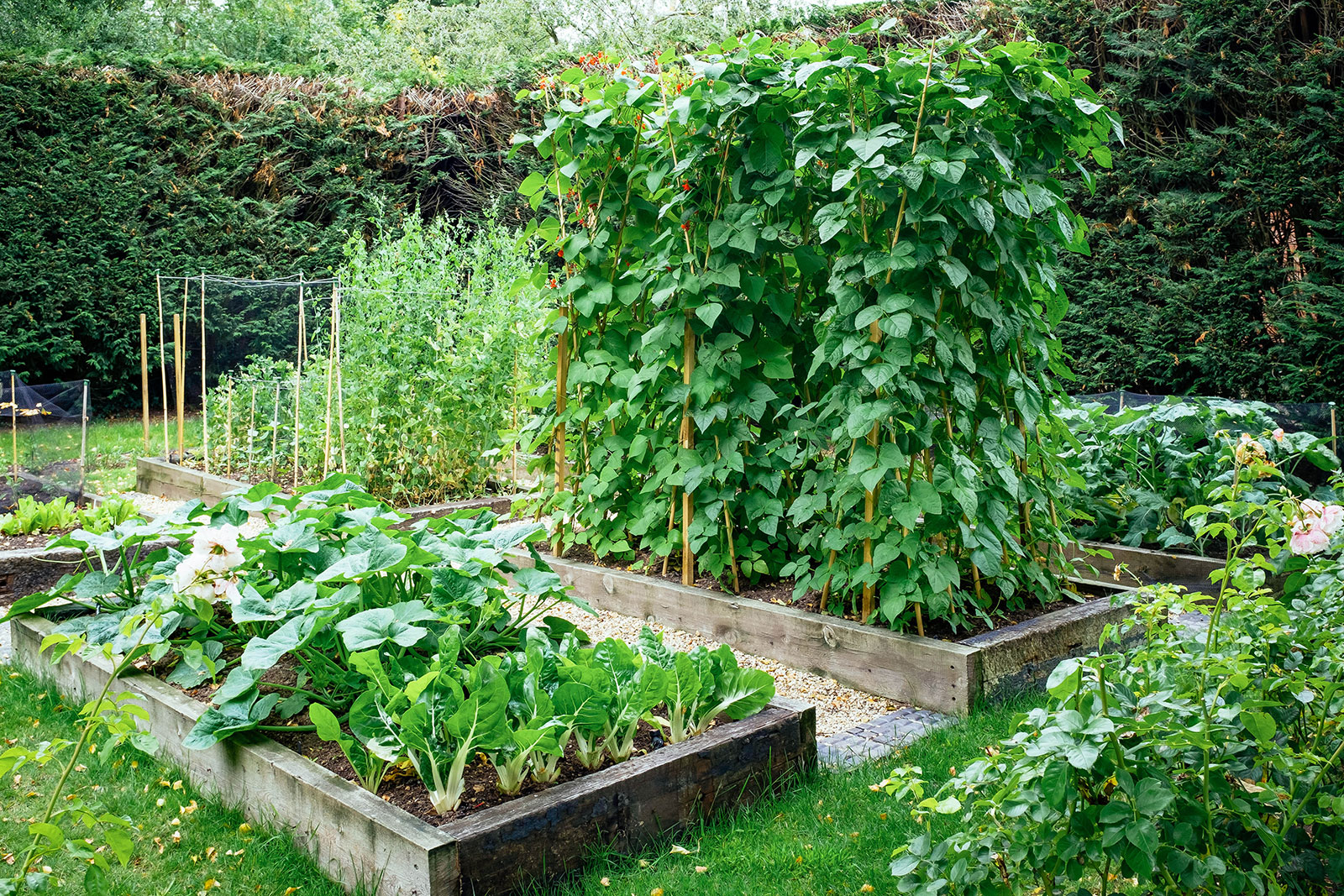
Benefits of biointensive planting
I prefer (and personally practice) biointensive planting in my raised beds. Compared to traditional gardening methods, plants are spaced closer together (so that their leaves touch) and you can stagger your rows to fit more plants in a smaller area.
With a standard 4-foot-wide bed, you can easily reach the center, so planting intensively means you can plant in all directions and still be able to harvest.
Not only does this increase your yields, it also protects the soil by using the plants themselves as mulch for neighboring plants. When there’s less space (and less sunlight) available, weeds have fewer opportunities to take hold. Low-growing leaves also shade the soil and help with moisture retention.
How I plant
I go more in-depth on intensive planting methods (with diagrams and a printable chart) in Lazy Gardening Academy, which utilizes this and a few other simple techniques to maximize harvests in a raised bed garden with a lot less work.
Keep in mind this is not square foot gardening, which is a specialized, hyper intensive growing technique in an even smaller space.
You’ll also notice there’s no column in the chart below for row spacing because no walking paths are needed in a raised bed. The spacing suggestions are for spacing in all directions, no matter what size bed you’re working with.
I generally keep my plants about 4 inches from the edge of the bed, but following my own advice, I can pack in a lot of plants (especially if I succession plant once a spot opens up).
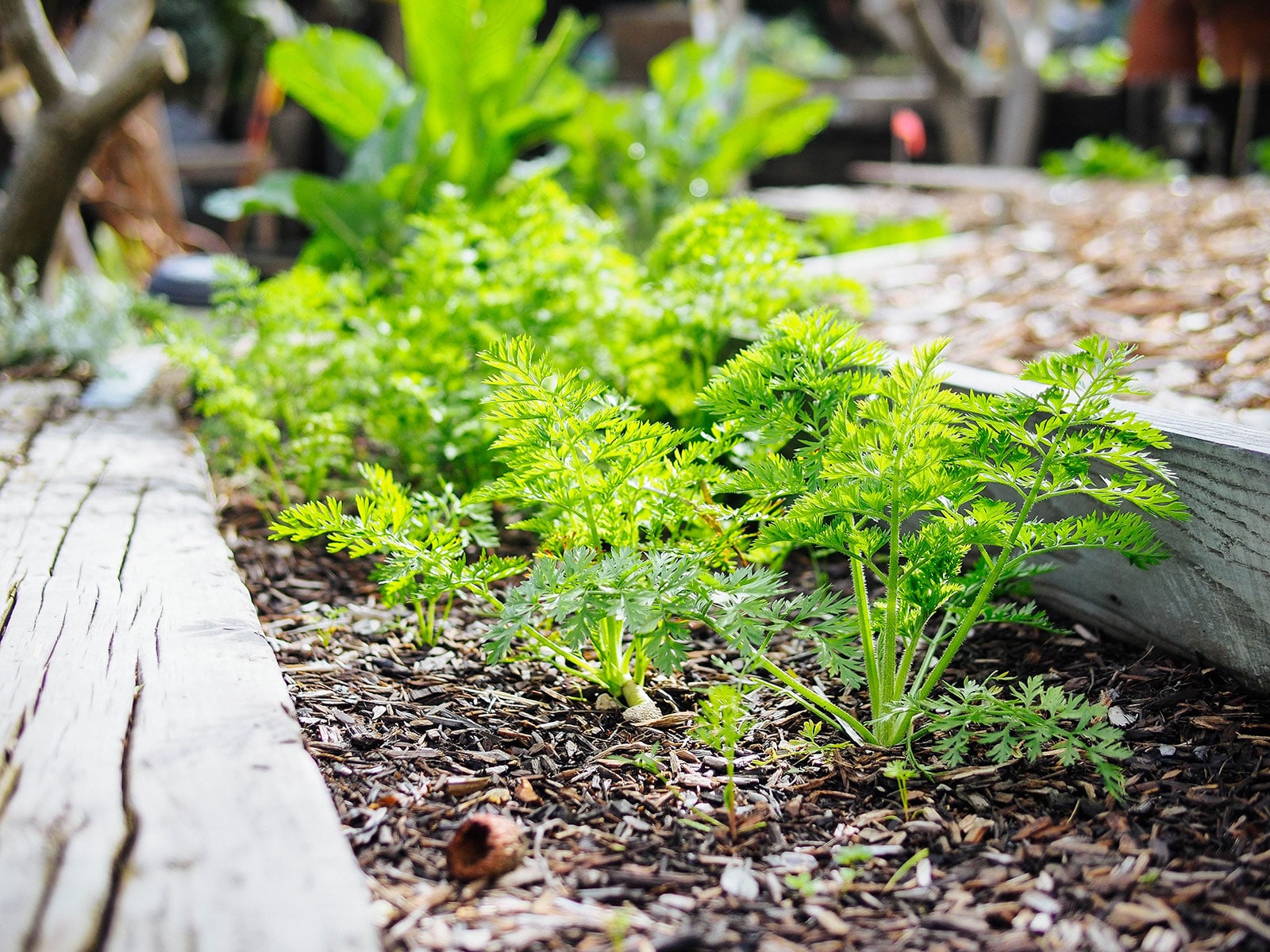
Spacing for transplants vs. seeds
One thing to keep in mind is if you direct sow seeds in a raised bed, you should sow them a little more densely to account for varying germination rates. Once the seedlings are a few inches tall (and it’s easier to see which ones are stronger and healthier), you can thin them to the appropriate spacing.
For example, cabbage needs 15 to 18 inches of space between plants, but you’re better off sowing seeds every 4 to 6 inches to ensure good germination. After those seedlings develop their first sets of true leaves, you can thin them out to use as microgreens or baby greens, per my spacing recommendations below, and let the rest of them keep growing without being overcrowded.
Related: How far apart to plant strawberries for the highest yields
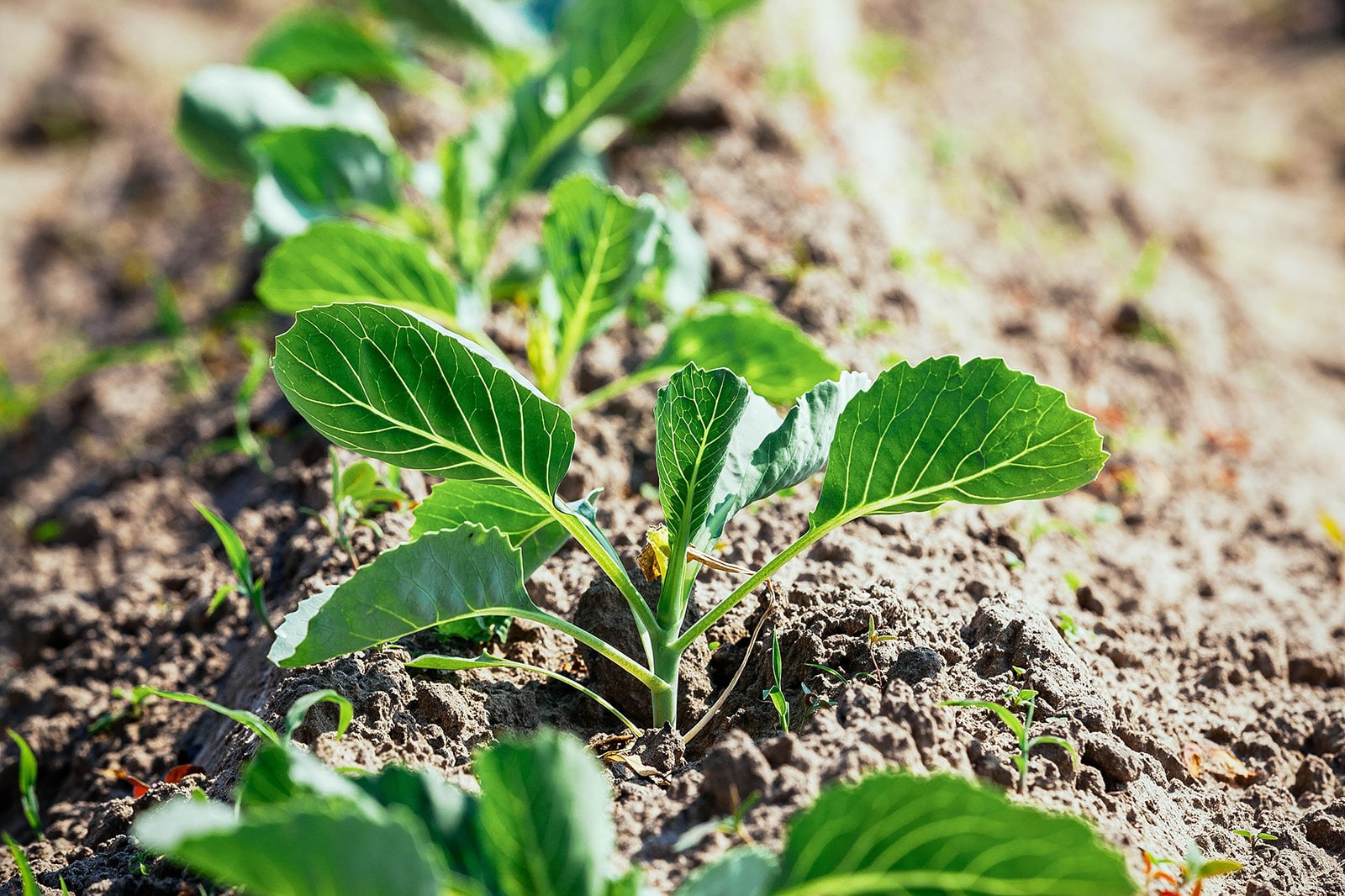
Plant Spacing Chart for Raised Beds
Use this plant spacing chart to help you plan how to best place your vegetables and herbs in a raised bed for maximum production.
One thing to note is that some of these plants may be perennials in your climate (and never die back in winter). If that’s the case, it’s better to space them on the upper end of these guidelines to save yourself the work of constantly pruning and dividing plants.
For gardeners outside of the United States, I also include plant spacing in centimeters.
| Vegetable | Spacing (Inches) | Spacing (Centimeters) |
|---|---|---|
| Amaranth | 6 in | 15 cm |
| Asparagus | 12 in | 30 cm |
| Artichokes | 24-36 in | 61-91 cm |
| Arugula | 4-6 in | 10-15 cm |
| Basil | 12-18 in | 30-46 cm |
| Beans, bush | 3-4 in | 8-10 cm |
| Beans, fava | 4-6 in | 10-15 cm |
| Beans, pole | 2-3 in | 5-8 cm |
| Beans, yardlong | 4-6 in | 10-15 cm |
| Beets | 3 in | 8 cm |
| Bok choy | 6-8 in | 15-20 cm |
| Broccoli | 15-18 in | 38-46 cm |
| Broccoli raab (broccoli rabe, rapini) | 4-6 in | 10-15 cm |
| Brussels sprouts | 18 in | 46 cm |
| Cabbage | 9-12 in | 23-30 cm |
| Cardoons | 18-24 in | 46-61 cm |
| Carrots | 2-3 in | 5-8 cm |
| Cauliflower | 12-16 in | 30-41 cm |
| Celeriac | 8-10 in | 20-25 cm |
| Celery | 6-8 in | 15-20 cm |
| Chard (Swiss chard) | 6-9 in | 15-23 cm |
| Chinese cabbage | 6-9 in | 15-23 cm |
| Chives | 6 in | 15 cm |
| Collards | 8-12 in | 20-30 cm |
| Corn | 8-10 in | 20-25 cm |
| Cress | 3 in | 8 cm |
| Cucumbers (trellised) | 4-6 in | 10-15 cm |
| Dandelions | 6 in | 15 cm |
| Dill | 6-10 in | 15-25 cm |
| Eggplant | 18 in | 46 cm |
| Endive | 8-12 in | 20-30 cm |
| Fennel, herb | 6 in | 15 cm |
| Fennel, bulb | 12 in | 30 cm |
| Garlic | 3-4 in | 8-10 cm |
| Gourds (up to 15 lbs) | 18-36 in | 46-91 cm |
| Gourds (15-30 lbs) | 36-48 in | 91-122 cm |
| Gourds (30+ lbs) | 48-60 in | 122-152 cm |
| Greens, baby leaf | 2-3 in | 5-8 cm |
| Greens, mature | 6-8 in | 15-20 cm |
| Ground cherries (husk cherries) | 24 in | 61 cm |
| Hops | 24-36 in | 61-91 cm |
| Jerusalem artichokes (sunchokes) | 12 in | 30 cm |
| Jicama | 12 in | 30 cm |
| Kale | 8 in | 20 cm |
| Kohlrabi | 6 in | 15 cm |
| Lavender (grown as an annual) | 12-15 in | 30-38 cm |
| Lavender (grown as a perennial) | 18-36 in | 46-91 cm |
| Leeks | 3-6 in | 8-15 cm |
| Lettuce, head | 10 in | 25 cm |
| Lettuce, leaf | 3-6 in | 8-15 cm |
| Malabar spinach (trellised) | 6-8 in | 15-20 cm |
| Melons | 16-18 in | 41-46 cm |
| Mustard | 4-6 in | 10-15 cm |
| New Zealand spinach (trellised) | 6-8 in | 15-20 cm |
| Okra | 10-12 in | 25-30 cm |
| Onions, bulb | 3-5 in | 8-13 cm |
| Onions, bunching | 2-3 in | 5-8 cm |
| Oregano (grown as an annual) | 8-10 in | 20-25 cm |
| Oregano (grown as a perennial) | 12-15 in | 30-38 cm |
| Parsley | 4-6 in | 10-15 cm |
| Parsnips | 3-4 in | 8-10 cm |
| Peanuts | 6-8 in | 15-20 cm |
| Peas | 2-3 in | 5-8 cm |
| Peppers | 12-16 in | 30-41 cm |
| Potatoes | 8-12 in | 20-30 cm |
| Pumpkins | 24-36 in | 61-91 cm |
| Radicchio | 6-8 in | 15-20 cm |
| Radishes, spring | 2-3 in | 5-8 cm |
| Radishes, winter | 4-6 in | 10-15 cm |
| Rhubarb | 24-36 in | 61-91 cm |
| Rosemary (grown as an annual) | 8-10 in | 20-25 cm |
| Rosemary (grown as a perennial) | 18-24 in | 46-61 cm |
| Rutabagas | 4-6 in | 10-15 cm |
| Sage | 12-18 in | 30-46 cm |
| Shallots | 3-5 in | 8-13 cm |
| Soybeans (edamame) | 3-4 in | 8-10 cm |
| Spinach | 3-4 in | 8-10 cm |
| Squash, summer | 18-24 in | 46-61 cm |
| Squash, winter | 24-36 in | 61-91 cm |
| Sunflowers | 18-28 in | 46-71 cm |
| Sweet potatoes | 6-12 in | 15-30 cm |
| Thyme (grown as an annual) | 6-8 in | 15-20 cm |
| Thyme (grown as a perennial) | 12-24 in | 30-61 cm |
| Tomatillos | 24 in | 61 cm |
| Tomatoes (determinate, trellised) | 12-18 in | 30-46 cm |
| Tomatoes (indeterminate, trellised or caged) | 18-24 in | 46-61 cm |
| Turnips | 3-6 in | 8-15 cm |
| Watermelons | 18-24 in | 46-61 cm |
| Zucchini | 18-24 in | 46-61 cm |
| Zucchini (staked) | 12-16 in | 30-41 cm |
Note: This chart assumes you grow in a moderate climate. If you live in a particularly humid or rainy region, you may want to increase spacing by up to 50 percent more to increase airflow around your plants and reduce the chances of fungal disease.
Let me show you my tricks
Grow more food—with less work.
I’ll teach you how to be the most productive Lazy Gardener ever with my time-tested, beginner-friendly techniques. You’ll get more out of your garden than you ever thought possible!


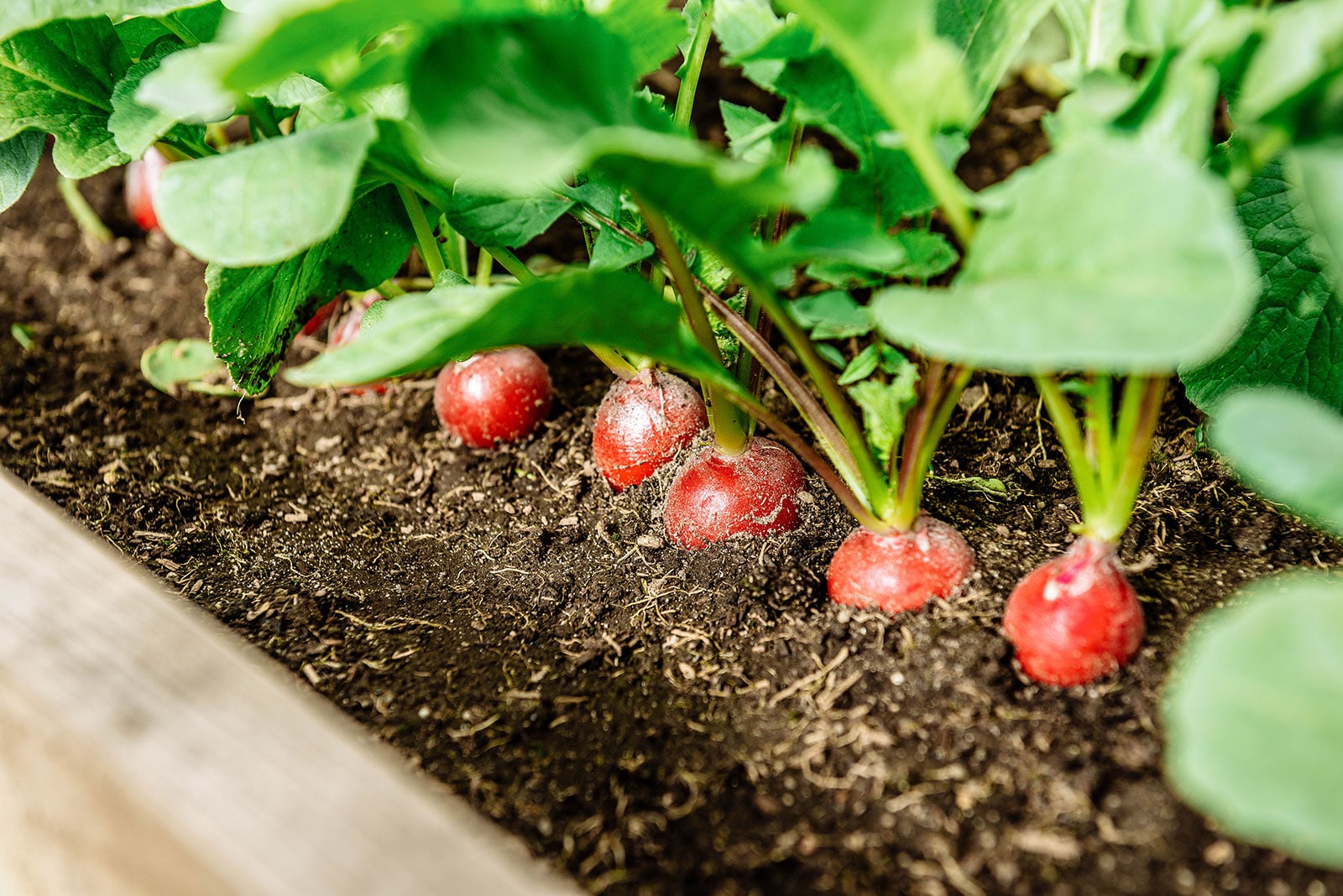
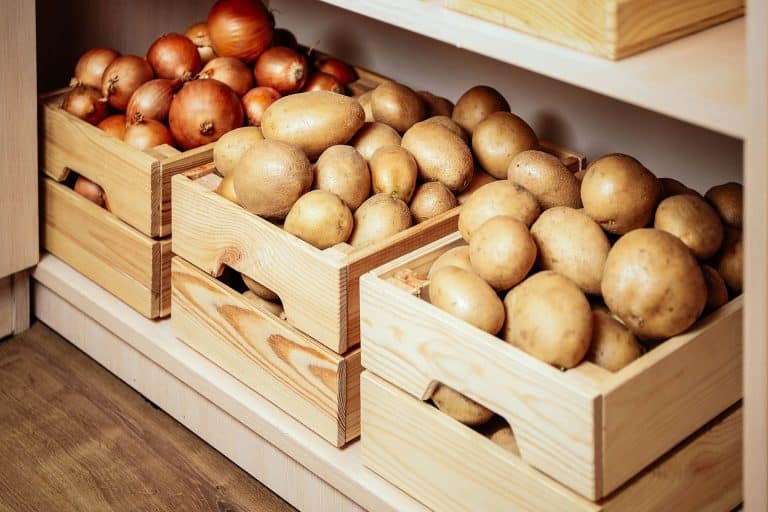

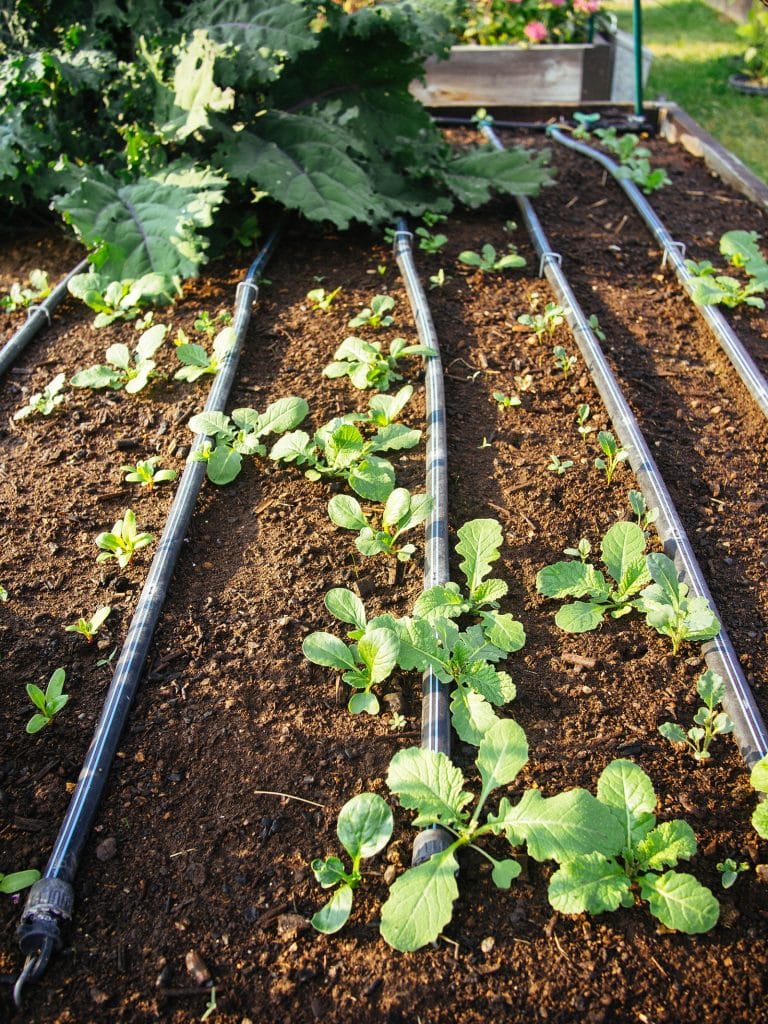
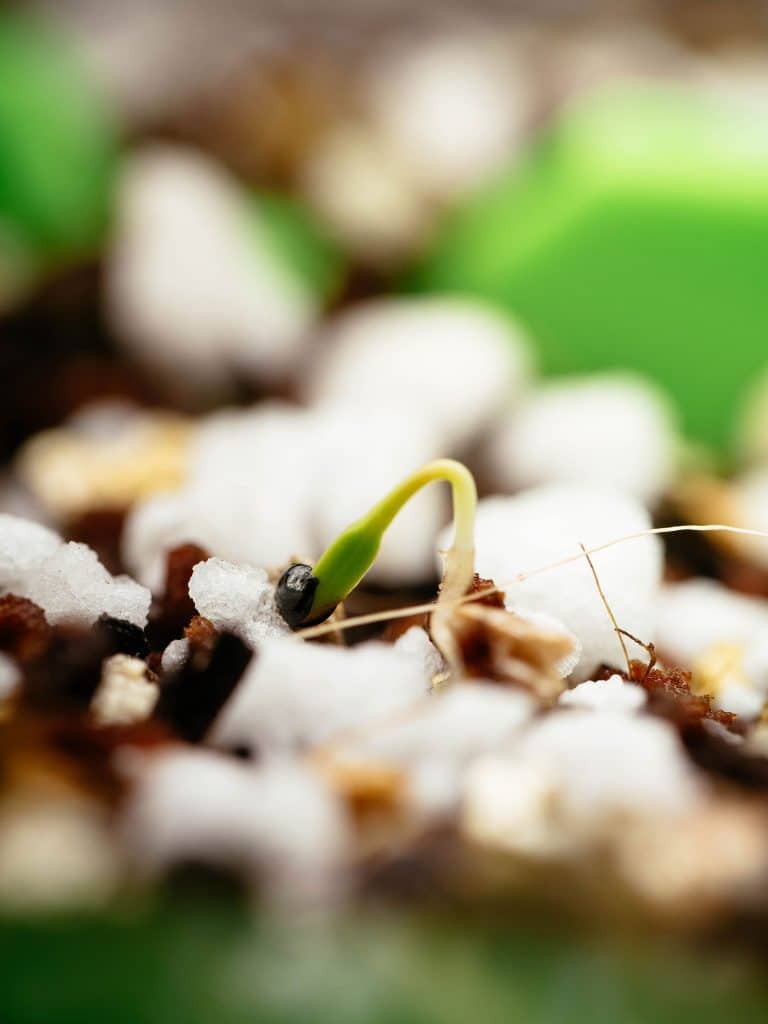
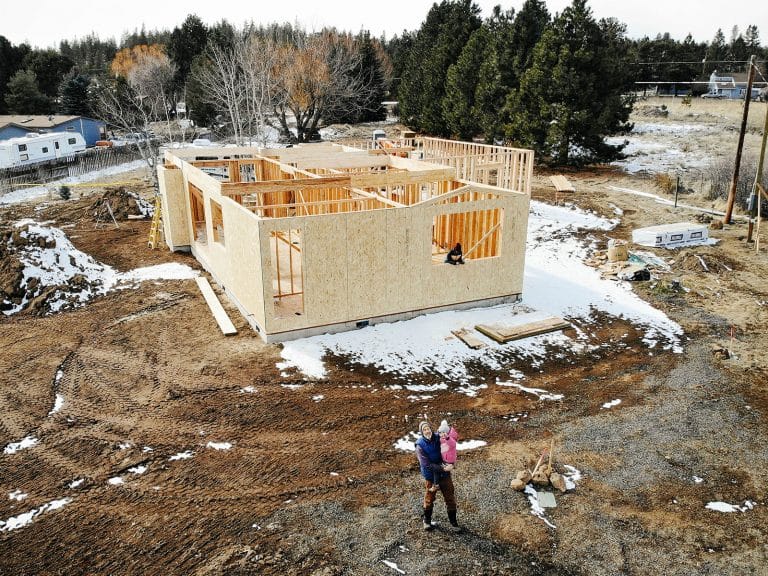
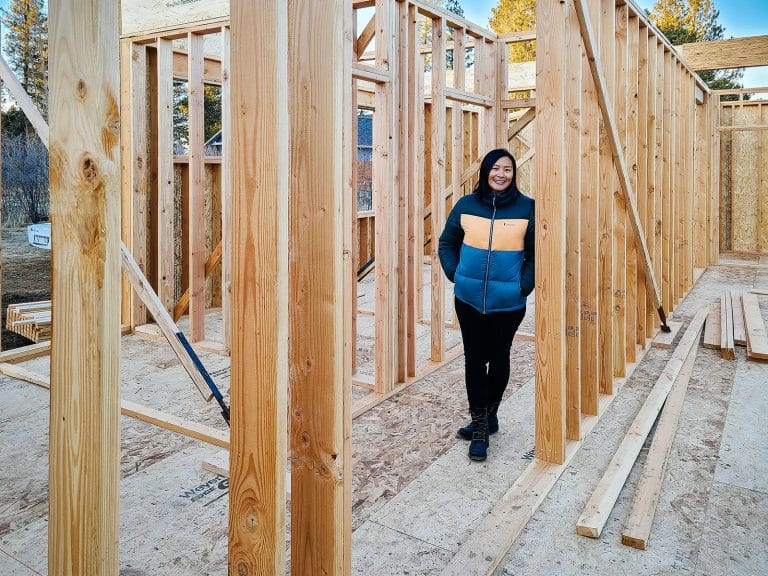
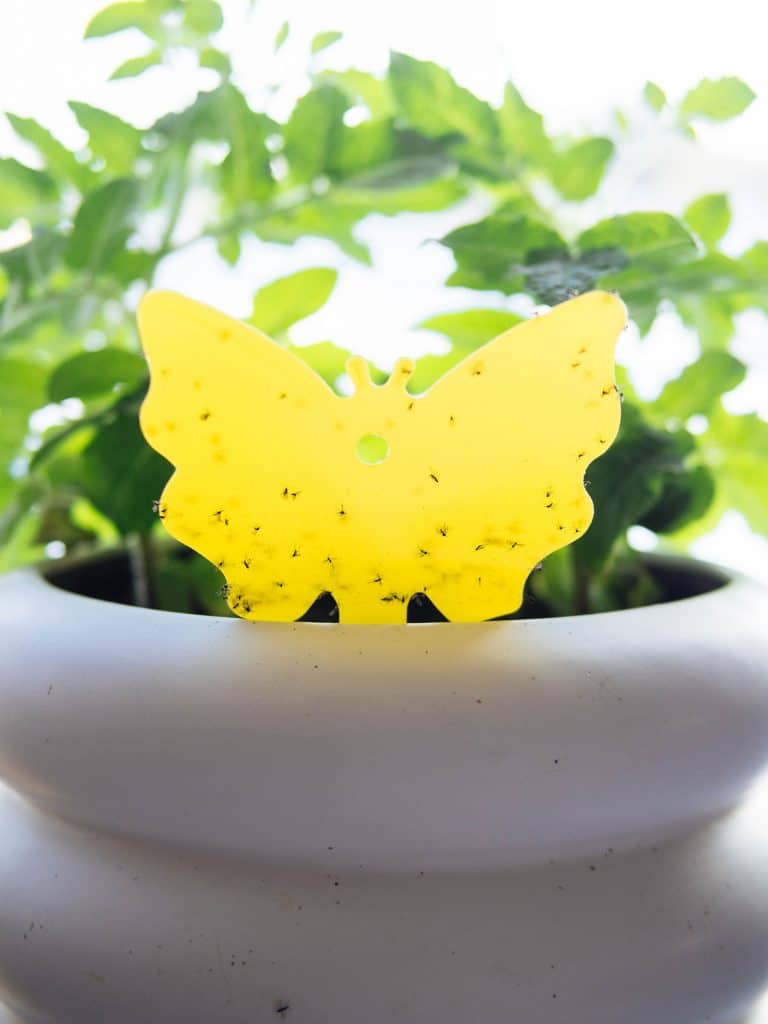
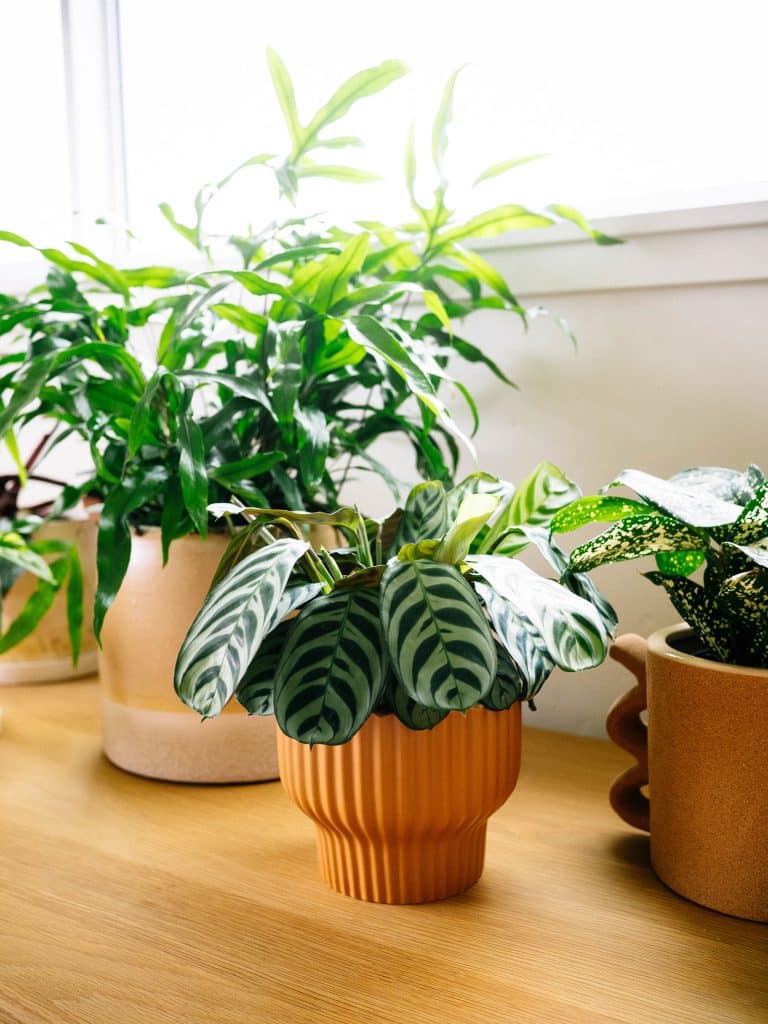
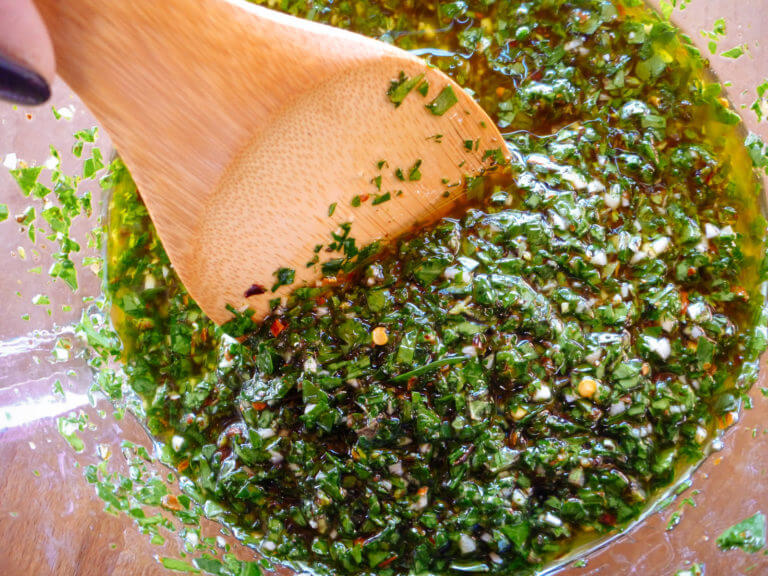
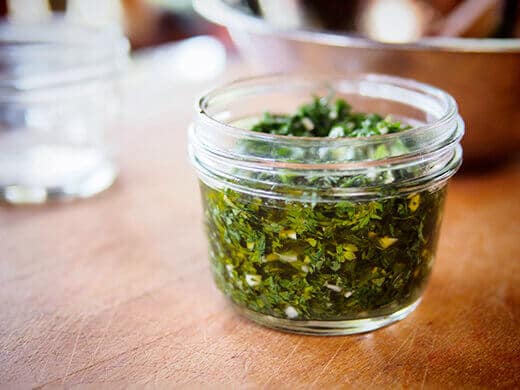
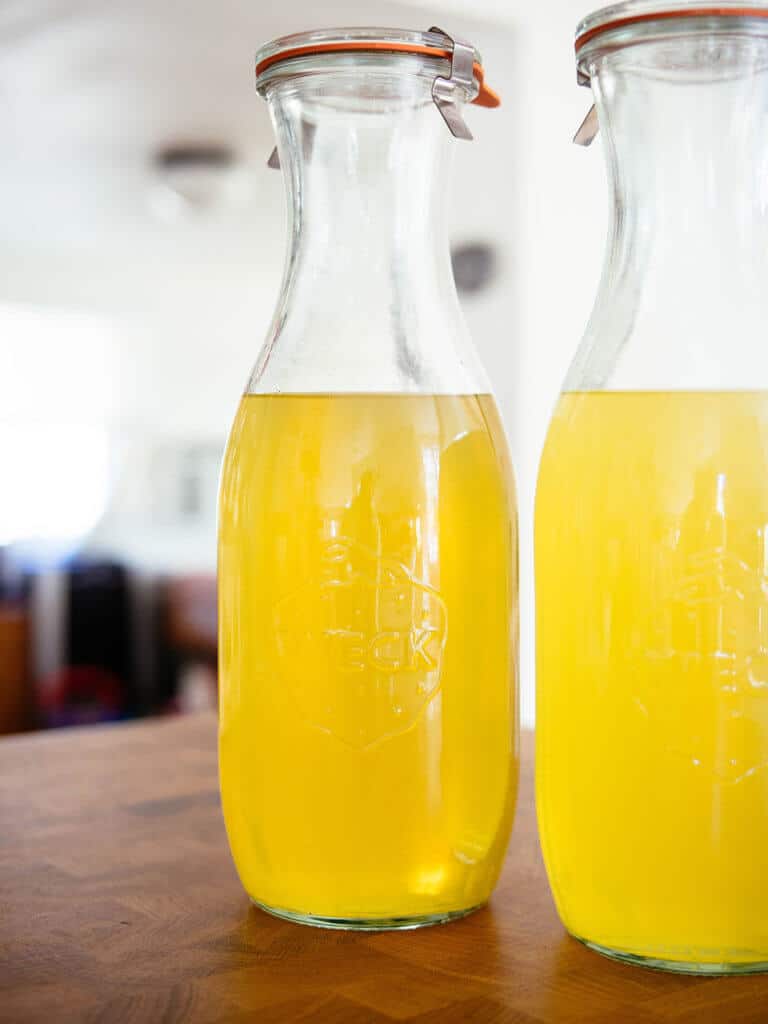
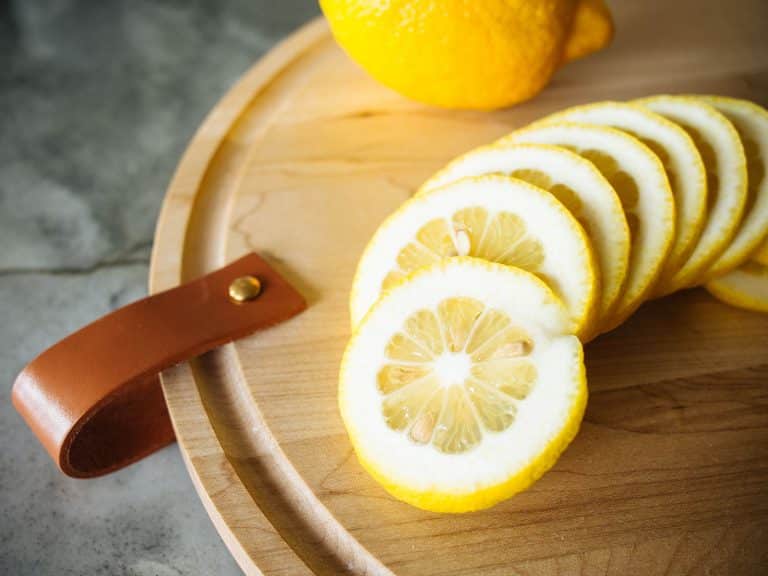

According to reports from Australian gardeners, it is also a good idea to increase spacing in dry climates. Even if irrigation is available, the most responsible strategy is to use the minimum necessary. This also minimizes salt buildup in the soil. Reports from California tomato farmers is that they were able to compensate finacially for lower yields due to water conservation because the flavor of the tomatoes grown with a minimum of irrigation was so much better that they could command a premium in pricing, which more than compensated for lower yields. If the home gardener has the space, who would not want to grow a few more plants for great flavor?
What a terrific chart for planting. I’m going to give it a try this year! Thank you very much!
Hi there, I’m a beginner raised bed gardener. Just wondering if the plant spacing means no other plant can be planted within that space requirement. Eg. If I plant cauliflower 30cm apart, can I plant a celery in between or only 30cm away?
Thanks for the article on composting in place and plant spacing. I have been a fan of composting in place since I had my first vegetable gardens in the early 1970’s. My reasoning was that you would get the leachate in your garden where you wanted it and you wouldn’t have to lug the compost to the garden when it was finished. Of course, one has to have room to spare or, as I did, only make compost piles in the fall. We had two feeder pigs every year and had a beef going–took two growing seasons–rabbits, sometimes geese and once only, ducks. I estimate that we bought about 5% of our food–coffee, sugar, pie crust mix (I hate fiddly tasks), and a bushel (60 lb.) of organic wheat, sometimes milk. I bartered eggs for milk with the dairy farmer up the road sometimes–once in a while someone (not me!) would leave a mess in his milk room and he would ban everyone for a while. On a summer afternoon when the thunder clouds were building and I heard his bailer running I drive to the pertinent mowing and pitch in. He responded with a front-end loader with too much straw for his spreader and huge amounts of milk when he had a milker on antibiotics (poor animals were so overbred that they’d step on their on teats once in a while and get infected.) I fermented it by lettig the big trash barrels full sit in the sun for a while. I don’t know if pigs are lactose intolerant and I didn’t want to find out. Poultry and dogs got a share too.
Regarding spacing: I looked at the two-inch spaceing recommendations for carrots and saw that, the way my father grew them, in a row, most of the room would paths on each side, not carrots so started growing them in wide beds. I planted them closely and we thinned them all summer. (You can’t get away with this unless you have fertile soil, I suspect.) My preschool daughters caught on about thinning them for outdoor snacks and helped get the yield up. I’ve come to believe that people are hard wired to learn foraging as soon as they can walk. Their foraging in the garden was always an asset…I can’t recall one time when they did something that would reduce yield. (I could write a book on this–there’s much more–but I’ve started at least a dozen books and find I don’t have the temperament for that sort of project. The carrots were ‘Royal Chantenay’ which just keep growing and by the time they need to be moved to the root cellar they are huge, but never tough or stringy. One was enough for four of us. I decided that they would be as good as pumpkins for pies but, being sweeter, I used half the sugar, which I had to buy. I made about 15 gal of maple syrup every year on a jury rig setup involving a fire in an old washing machine sheet metal exterior. We always used it on pancakes. It took about 15 minutes to hand grind the flour with home grown corn as the base, a bit of the purchased wheat to hold them together, and black walnuts or butternuts foraged for the oil as well as taste. I didn’t always have nuts, so I substituted home grown soybeans…not as tasty but we didn’t have to buy cooking oil. I’m just remembering, I also grew onions in beds. I noticed white Dutch clover germinating with the onions, and I left it, figuring that it was tap rooted while the onions were shallow rooted, would fix N and would keep the soil cool, which onions like. This was in Western Massachusetts where, in those days, there was almost always enough rain. In dry areas, you have to use wider spacing for everything unless you irrigate, which isn’t always responsible if you can possibly avoid it. Regarding the question about interplanting, celery is a hevy feeder and likes to grow all season. Fast growing crops like radishes, pac choi (I like Joi Choi hands down), lettuce and most leafy Asian brassicas (not European ones like collards), and of course spring radishes can be interplanted. Some of these don’t like heat and the shade from the main crop can be be beneficial. Adjust your fertility regime if your soil is not naturally rich.
This is so helpful! I’m a raised bed gardener, and always start way more plants than I have room for. My brain always says “no start goes unplanted!” The result is very crowded beds. I’ve vowed this year to do a more reasonable job of plant spacing, but still want to push it to the limit. I’m printing out this guide to help me plan, and to take with me as a reminder when I’m out there planting and losing my mind!